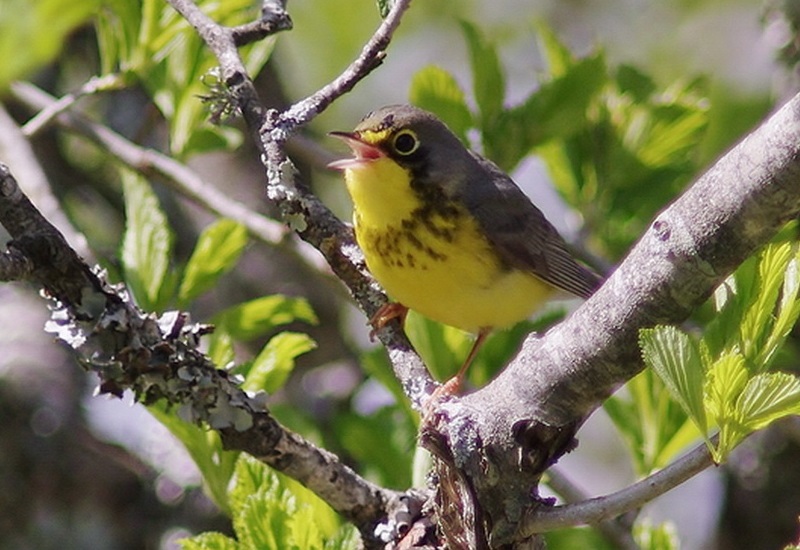From the Mississippi River at Memphis to the 6,600ft high mountain peaks along its eastern border, Tennessee offers the greatest variety of bird habitats of any landlocked state in the east of the US. Around 390 species have been recorded in the state, and about 175 species regularly nest here.
From west to east, Tennessee spans nine physio-graphic regions, each of which contains prime birding spots. Some of these physio-graphic regions also host species rarely found elsewhere in the state. Mississippi Kites, Fish Crows, and Painted Buntings most often occur in the Mississippi Alluvial Plain, a narrow strip along Tennessee’s western border. Prime birding spots in this region are the Reelfoot Lake area, Lower Hatchie Wildlife Refuge, Eagle Lake Wildife Management Area, Meeman-Shelby State Forest, and the Ensley Bottoms.

The Black-Capped Chickadee is restricted to the Blue Ridge Mountains along the eastern border, where prime birding spots include Shady Valley, parts of Cherokee National Forest including Roan Mountain, Unaka Mountain and the Cherohala Skyway, and the world famous Great Smoky Mountains National Park.

Between these ends of the state are the Loess Plain, Coastal Plain Uplands, Western Highland Rim, Central Basin, Eastern Highland Rim, Cumberland Plateau, and Ridge and Valley physiographic regions. Although they are not as distinctive in their vegetation and bird communities as the Mississippi Alluvial Plain and the Blue Ridge, they each offer prime birding spots, many of which are on readily accessible public lands and waters.

The birds of Tennessee have been well studied since the early 20th century, largely through the efforts of the Tennessee Ornithological Society. The TOS has a network of local chapters in most of the larger cities. Most of these chapters hold regular field trips, and visitors are enthusiastically welcomed. Local contacts are available through the TOS web site. The web site also includes the TOS newsletter, the official state list, and a growing online bird-finding guide.
Major Source: Fatbirder
Map Source: Googlemaps™
Photo Source: © Birding Ecotours

